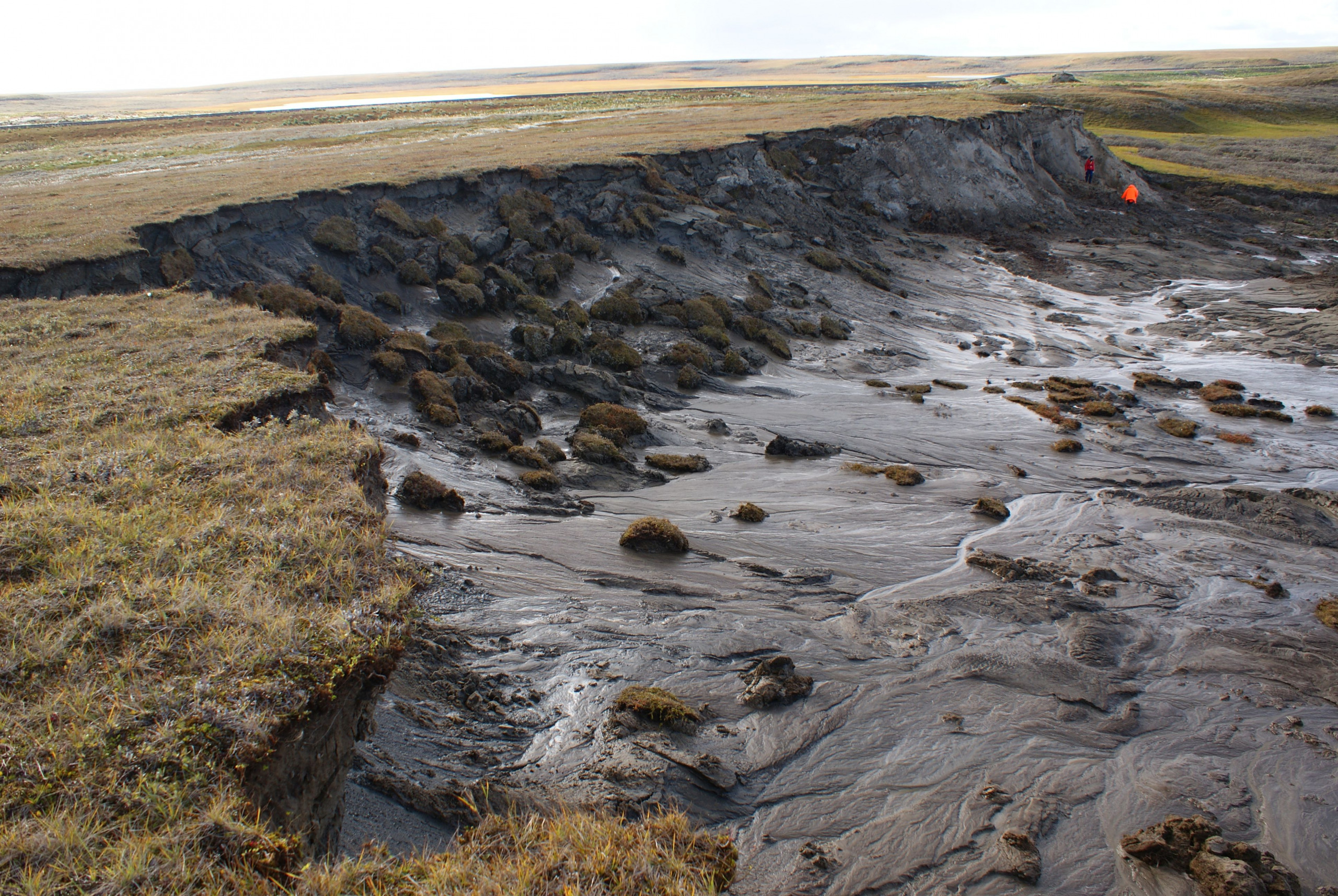Our group revisits theories of ocean-climate variability through the lens of ocean turbulence. We want to find out how the turbulent movements of seawater transport heat in the ocean and how this in turn influences the global climate.
When heat enters the ocean, it relies on the turbulent motions of seawater to reach down past the surface layer. Without this turbulence, the ocean would be sluggish, and the surface layer would be completely disconnected from the ocean interior. Such an ocean would be incapable of sustaining the marine ecosystems and climate patterns that humans rely on.
The spatial distribution of heat across the tropical Pacific Ocean is one of the foremost drivers of global climate. Patterns of sea surface temperature here help power and shape the Walker and Hadley atmospheric circulations, which redistribute heat and moisture across the tropics. Likewise, atmospheric heat absorbed in the eastern equatorial Pacific helps supply warmth to global oceans, as heat is redistributed by subsurface ocean currents.
Our research
Theories of climate variability help explain how Pacific Ocean heat regulates precipitation and weather patterns across the globe. However, these theories were developed independently of ocean turbulence research. Therefore, climate theories are based on assumed patterns of heat storage and transfer within the ocean. Accounting for possible changes in ocean turbulence and their relation to atmospheric conditions may give rise to an entirely new set of ocean-atmosphere feedbacks. Our research explores those possibilities. Based on a combination of models, theory, and observations, we identify pathways of turbulent heat transport within the ocean and describe their role in broader energy flows across the climate system.
Current focal points
- Energetic contributions of thermocline heat to driving upwelling
- Weather’s role in enabling heat transfer across the permanent thermocline
- Heat uptake at the eastern Pacific Cold Tongue
- Water mass transformation along the Humboldt current
- Heat transport across the Pacific sector of the Subantarctic front
More Content

Recurring cases of Saharan and Sahelian greening over the past 800,000 years
A humid climate in the Sahara and Sahel played a critical role in shaping the environment for early human settlement and migration. A new study…

Permafrost thaw: Gradual change or climate tipping point?
Global warming leads to Arctic permafrost thaw and the subsequent release of carbon dioxide and methane into the atmosphere. These changes are…
